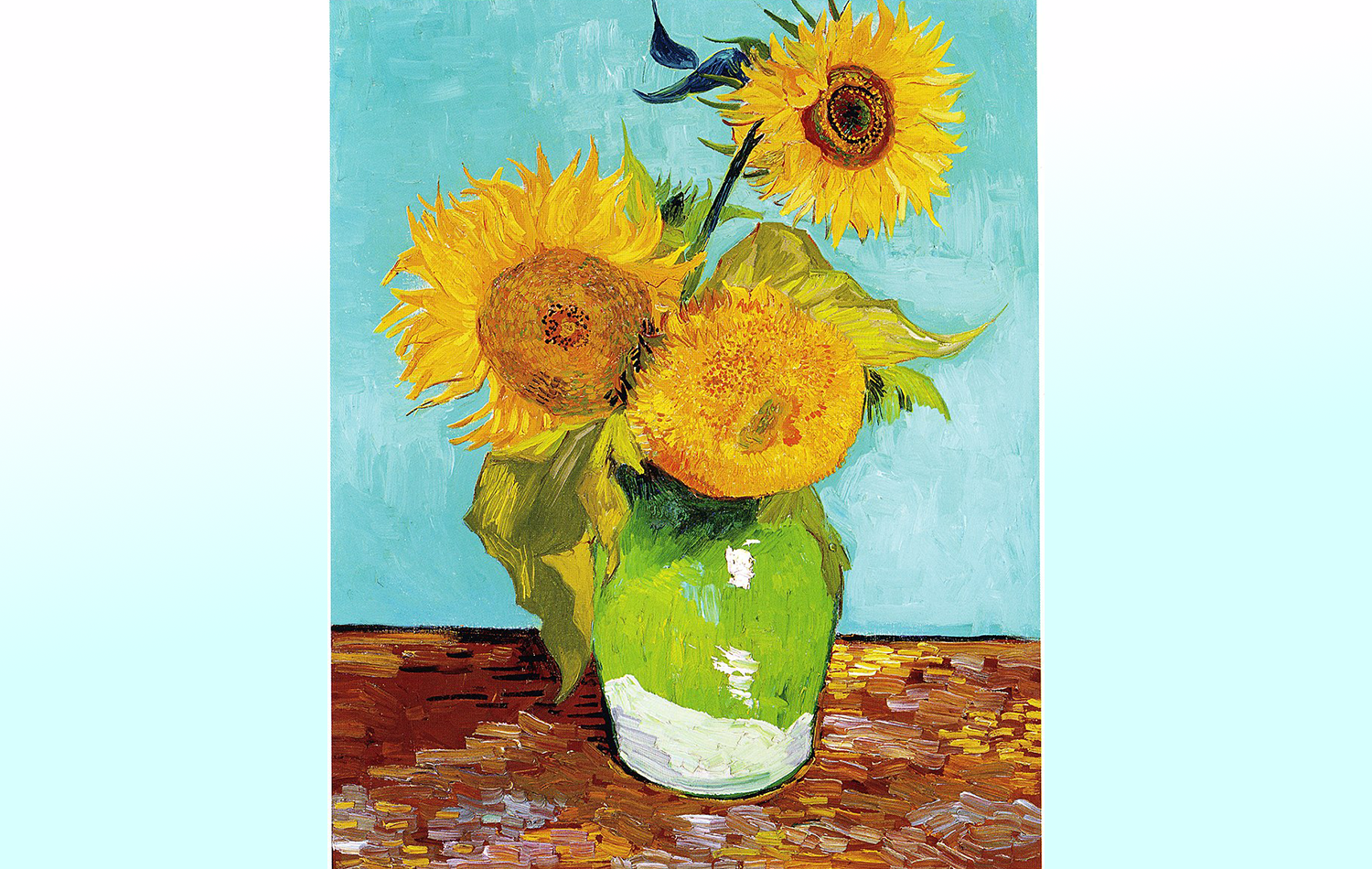Introduction
Oil painting portraits are a timeless art form, capturing emotion, depth, and realism like no other medium. Whether you're a beginner or an experienced artist, mastering key techniques can dramatically improve your portraits. In this guide, we'll explore 10 essential oil painting portrait techniques that will help you create stunning, lifelike artworks.
1. Underpainting: The Foundation of Your Portrait
An oil painting portrait often begins with an underpainting—a monochromatic base layer that establishes values and composition. Using burnt umber or another neutral tone, block in shadows and highlights before adding color.
Pro Tip: A well-executed underpainting ensures better depth and structure in your final portrait.
2. Layering for Depth and Realism
Oil paint's slow drying time allows for smooth blending. Apply thin layers (fat over lean principle) to build up skin tones and textures gradually. Start with darker tones and work toward highlights.
3. Glazing for Luminous Skin Tones
Glazing involves applying transparent layers of paint over dry layers to create rich, glowing effects. This technique is perfect for achieving realistic skin tones in oil painting portraits.
Try This: Mix a small amount of transparent oxide red with linseed oil for a warm, natural-looking glaze.
4. Wet-on-Wet (Alla Prima) for Expressive Brushwork
The alla prima technique involves painting wet layers directly onto wet paint, ideal for bold, expressive portraits. This method is great for capturing spontaneity and movement.
5. Scumbling for Soft Transitions
Scumbling is the process of dragging a dry, opaque layer of paint over a dry underlayer to soften edges and create atmospheric effects. It works well for hair and background textures.
6. Impasto for Textured Highlights
Thick, textured brushstrokes (impasto) add dimension to facial features like cheekbones, nose highlights, and fabric details. Use a palette knife for dramatic effects.
7. Blending for Smooth Skin Tones
Soft transitions are crucial in oil painting portraits. Use a clean, dry brush or a blending stump to smooth out harsh edges between colors.
8. Color Temperature Shifts for Realism
Skin tones are never flat—warm (reds, yellows) and cool (blues, greens) shifts create lifelike portraits. Observe how light affects shadows and highlights.
9. Fine Detailing with Small Brushes
Once the main layers are dry, refine facial features (eyes, lips, hair strands) with fine brushes. A rigger brush is excellent for intricate details.
10. Varnishing for Protection and Vibrancy
After your portrait is completely dry (6-12 months), apply a varnish to protect the painting and enhance color vibrancy.
Conclusion
Mastering these oil painting portrait techniques will help you create stunning, professional-quality artworks. Whether you prefer realism or impressionism, experimenting with these methods will elevate your skills.
Which technique will you try first? Share your thoughts in the comments!


